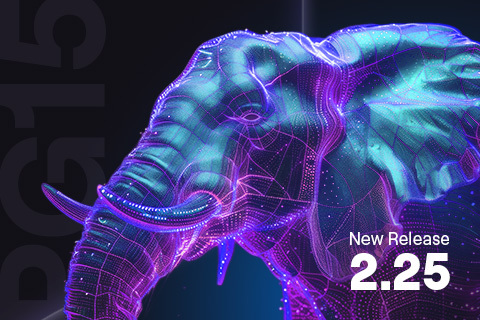Getting Started with MongoDB API in YugabyteDB
YugabyteDB now offers a MongoDB-compatible API with the support of the DocumentDB PostgreSQL extension, providing developers with an open source alternative for MongoDB workloads that need to scale horizontally. Follow this step-by-step guide to deploying and running MongoDB workloads on YugabyteDB in collaboration with Microsoft (DocumentDB) and FerretDB.









